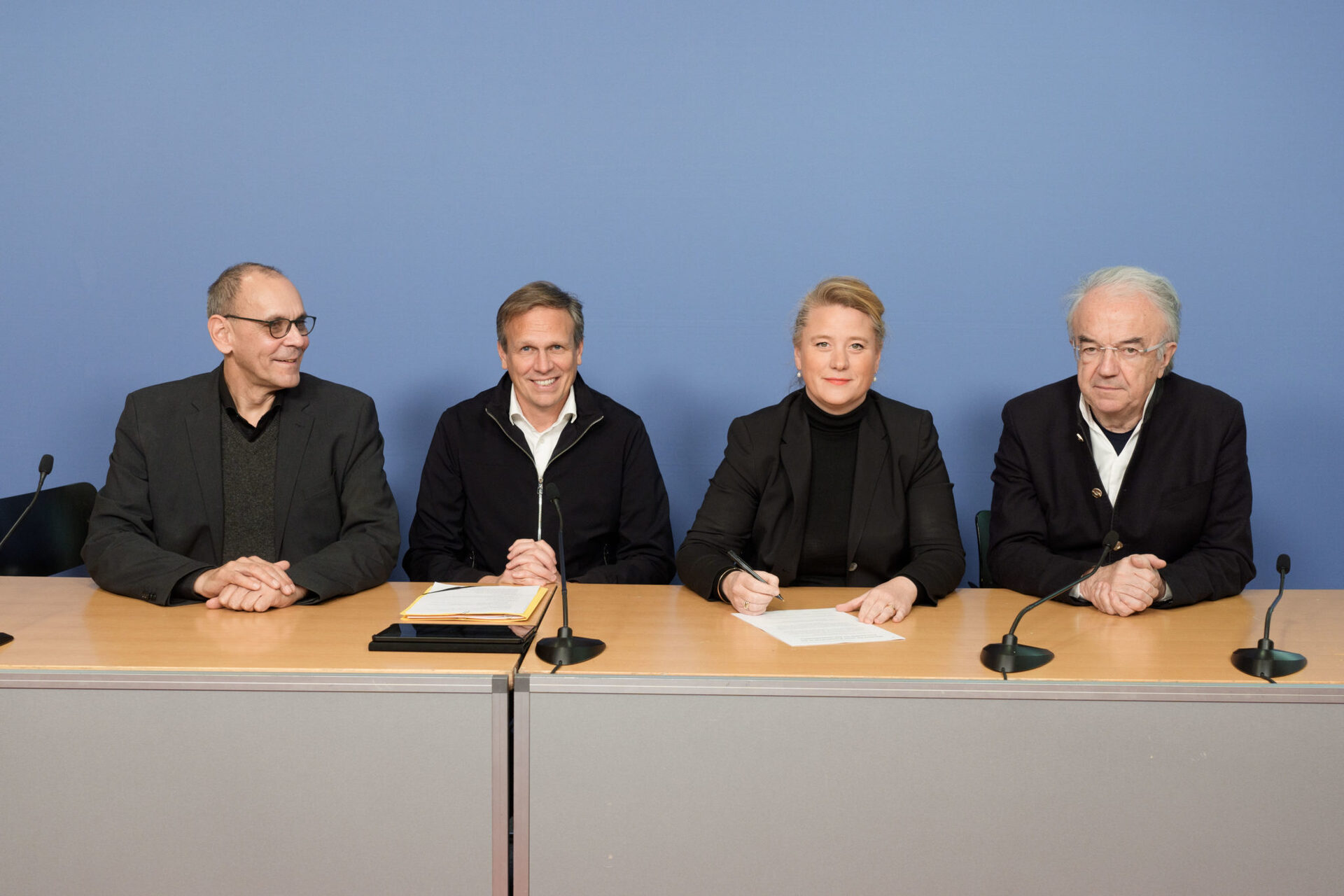Change of direction for more climate protection in the building sector

On November 14, the "Initiative Praxispfad CO2-Reduktion im Gebäudesektor" was presented in Berlin. Co-initiator is Prof. Dirk Hebel, Professor of Sustainable Building at the Karlsruhe Institute of Technology (KIT) in Karlsruhe.
In their manifesto, the initiators call for a sustainable, cost-efficient and socially acceptable climate policy in the building sector. They criticize the one-sided focus on ever-higher energy efficiency standards that has prevailed for many years and call for a change in political direction. "The historically grown, sole focus on energy saving in the building sector has failed! Only a paradigm shift in climate protection in buildings to a practical path that places the reduction of greenhouse gas emissions at the center of our actions is financially viable, ensures that climate protection targets are achieved and guarantees affordable housing," say the authors. The manifesto is the founding document of the "Initiative Praxispfad CO2-Reduktion im Gebäudesektor". The aim of the initiative is to organize a broad public discourse. The initiators are calling on scientists and stakeholders from business and politics to join the initiative.
Also involved are:
Prof. Elisabeth Endres, Professor at the Faculty of Architecture, Civil Engineering and Environmental Sciences at TU Braunschweig;
Prof. Dr.-Ing. Manfred Norbert Fisch, Emeritus Professor at the Faculty of Architecture at TU Braunschweig;
Prof. Dr. Dr. E.h. Dr. h.c. Werner Sobek, professor emeritus at the University of Stuttgart, founder of the Institute for Lightweight Structures and Conceptual Design (ILEK), Stuttgart;
Prof. Dipl.-Ing. Dietmar Walberg, honorary professor at the Lübeck University of Applied Sciences, head of the Sustainable Housing Construction department at the building faculty there.
The five core demands:
Paradigm shift for more climate protection
- 1. emission-free heat supply: Fossil fuels must be rapidly replaced by low-emission technologies such as heat pumps and the use of industrial waste heat. The expansion of renewable energies at district level is prioritized here, as are balancing approaches at the level of building fleets and districts in general, and here in particular the use of solar energy across buildings that can be balanced.
- 2) Moderate refurbishment: Instead of costly, excessive refurbishment depths, the experts call for refurbishment that is geared towards the service life of the building components and avoids unnecessary costs.
- 3. efficient use of heat pumps: Modern heat pumps are already suitable for partially renovated (from EnEV 2002) or moderately renovated buildings, which reduces the pressure to renovate and still enables a climate-friendly heat supply.
- 4. introduction of an emissions reduction pathway: Instead of confusing regulations, the scientists advocate a binding emissions reduction pathway up to 2045, which sets clear reduction targets for building emissions and is monitored by an independent emissions agency.
- 5. promoting the preservation of existing buildings and the circular economy: New buildings should comply with strict emission limits, while the preservation of existing buildings maximizes the use of grey energy and reduces waste.
